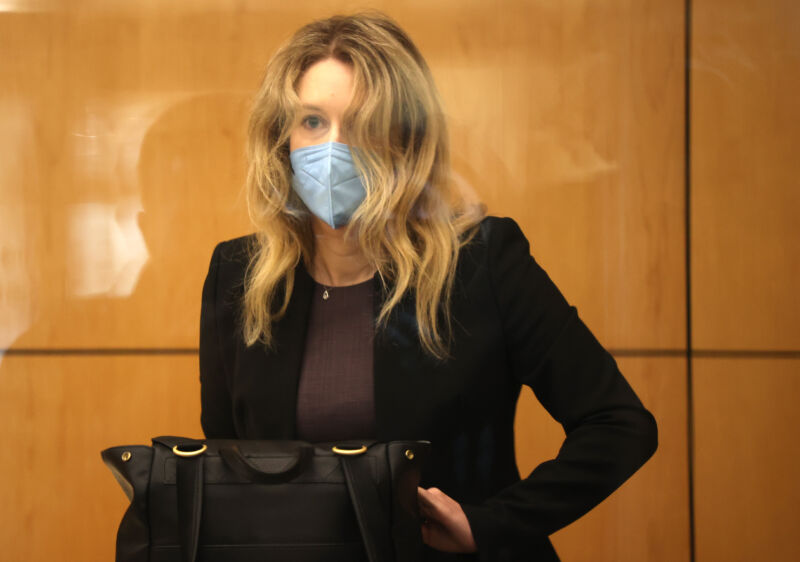
Around 2016, Theranos’ fourth lab director, Kingshuk Das, noticed a problem. He was analyzing data from the company’s diagnostic devices when he saw results from tests for prostate-specific antigen, or PSA. PSA is used to detect prostate cancer in men, and except in rare cases, it’s not present in women’s blood. Except, here it was, appearing in women’s test results.
Das took his PSA findings to CEO Elizabeth Holmes. “Females should generally not have PSA detectable,” Das told the jury in Holmes' criminal trial yesterday.
Yet Holmes refused to believe that Theranos’ proprietary devices could be at fault. She suggested that some of the patients whose blood was tested instead had a rare type of breast cancer, pointing to “an article or two” that showed it was possible, Das recalled. Holmes' explanation, he told jurors, “seemed implausible.”
It was just one example of the many errors that Das encountered. He had been hired in March 2016, and when he first started, he thought the company was running tests on standard lab diagnostic equipment, not the company’s own Edison or MiniLab devices. He would soon discover that wasn’t true.
Immediate jeopardy
One of his primary tasks was responding to a devastating report the company received in January 2016 from the federal Centers for Medicare and Medicaid Services, or CMS. The report, which followed a November 2015 inspection, contained the header “CONDITION LEVEL DEFICIENCIES - IMMEDIATE JEOPARDY.”
“As a result of the survey, it was determined that your facility is not in compliance with all of the Conditions required for certification in the CLIA program,” the report read. “It was determined that the deficient practices of the laboratory pose immediate jeopardy to patient health and safety.”As Das went through that report, a separate 121-page “statement of deficiencies” also produced by CMS, and the company’s own data, he reached a conclusion that called into question years of testing done on Theranos’ devices.
“I found these instruments to be unsuitable for clinical use,” Das said in court. He ended up voiding every test Theranos had ever performed in its federally regulated lab, some 50,000 to 60,000 results from 2014 and 2015.
At the time, Holmes told Das that the problem wasn’t the instruments but rather quality control and quality assurance. Das wasn’t convinced. “These instruments were not performing from the very beginning,” he recalled telling Holmes.
After the results were voided, Theranos never performed another test. Das continued to work for Theranos until he was laid off in 2018, shortly before the company was dissolved.
Das admitted that Theranos never contacted patients whose test results were voided.
Third lab director finishes testimony
Das’ testimony followed the cross-examination of former Theranos lab director Lynnette Sawyer by Holmes’ defense attorneys and redirect by the prosecution. Sawyer’s position was temporary, and she resigned in June 2015. Her job mostly involved using DocuSign to approve standard operating procedures (SOPs) for lab tests. She never set foot in the lab, and she half-heartedly tried to fix the SOPs when she spotted problems by emailing her contact at the company. Sawyer admitted to never calling anyone at Theranos to follow up on those changes.Though Sawyer’s testimony yesterday was brief, it contained one juicy detail. One of Theranos’ calling cards was the nanotainer, the company’s name for a small vial that held blood obtained through finger pricks. Holmes would frequently pose for photos holding a nanotainer between her thumb and forefinger, including for a Forbes magazine cover.
The term “nanotainer” appeared in one of the policies that Sawyer signed off on, so her answer to a question from Holmes’ defense attorney Lance Wade was a bit surprising. “What is a nanotainer?” he asked her.
“I don’t know,” Sawyer replied.
reader comments
139